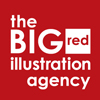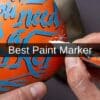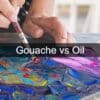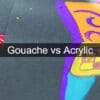How to Blend Posca Pens
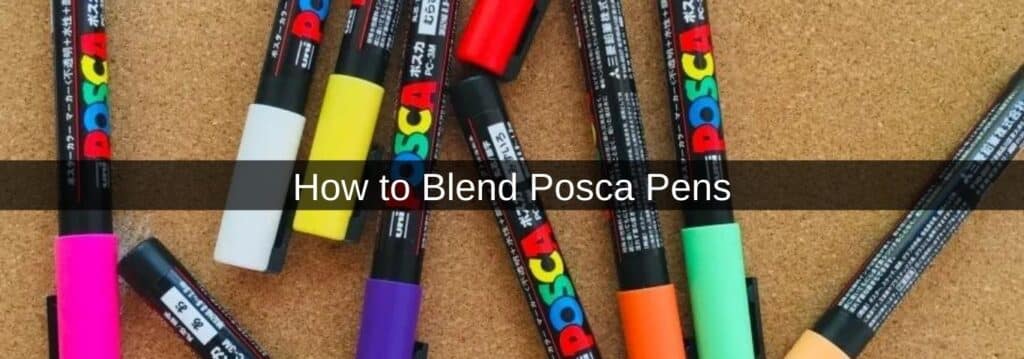
POSCA pens are incredibly popular among artists due to how they allow for rich and vibrant artwork. These pens are water-based, which makes them excellent for drawing and painting.
Artists like how the ink that dries when using these pens is permanent. Therefore, once you’ve finished your drawing/painting, you can simply leave it to air dry on the paper or canvas.
If you’re new to using a POSCA paint pen, learning how to blend with them is a useful skill to have. Below, you can learn more about how artists use these brush pens to blend and create wonderful gradient effects throughout their work.
Blend Paint Pens
When it comes to blending POSCA paint pens, the main factor to consider is whether the paint is wet or not. If the acrylic paint is dry, blending colors will be much more difficult. Therefore, make sure that your paint is wet before you start learning to blend different colors.
Use the tip of the pen to lightly brush between two separate colors/shades on the page. You can experiment with the amount of pressure that you apply to the page and notice how it creates a different blending effect.
Continue practising this blending method with different colors and shades of acrylic paints until you feel more confident about implementing the technique into the rest of your work.
You can also practice layering with your POSCA paint pens. This is achievable due to how the opaqueness and density of POSCA paint pens are ideal for layering multiple colors on top of one another.
You can start by applying light colors of acrylic paint to the page before gradually adding darker colors on top. You could also start by making your first color dark and layering it with lighter colors to see how the effect differs on the page.
One of the main benefits of layering with a POSCA marker is the fact that the ink dries quickly. Therefore, you can layer and blend colours precisely and without any smudging.
Gradient Effect
Once you’ve developed your confidence with layering and blending with POSCA paint markers, you can move on to creating gradient effects.
- The water-based nature of these markers means that you can dilute the ink colour and create superb gradients.
- Find a dried area of the page where you want to create a gradient.
- Soak a clean brush in water and paint it in the desired area.
- You can experiment with using more or less water to see how it creates a different gradient effect.
Also read: How to Clean Prismacolor Colorless Blender Marker
Conclusion
So, that wraps up our post on how to blend with POSCA markers. Hopefully, you’re feeling more confident about giving it a shot for yourself. Be sure to experiment and practice your painting abilities. The more you practice, the more you’ll develop your ability to blend paint pens to create high-quality paintings.
Affiliate Disclosure
In compliance with the FTC guidelines, please assume the following about all links, posts, photos and other material on this website: Any/all of the links on this website are affiliate links of which The Big Red Illustration Agency receives a small commission from sales of certain items, but the price is the same for you. www.bigredillustrationagency.com is a participant in the Amazon Services LLC Associates Program, an affiliate advertising program designed to provide a means for sites to earn advertising fees by advertising and linking to Amazon.com & Amazon.co.uk. Pages on this site may include links to Amazon and its affiliate sites on which the owner of this website will make a referral commission.
FULL TERMS HERE Cookie preferences: cookie preferences

Written By Adam Rushton
Adam has made a name for himself in the illustration industry and is a passionate blogger and writer on the subject of art, illustration and graphic design.
His artwork has been featured in countless publications and used for very well-known media projects. As a professional illustrator for over 20 years, Adams media outlets, a wealth of knowledge, and experience enable him to consult and advise artists and illustrators in this country (from York and Manchester to Southampton and London) and all over the world.
